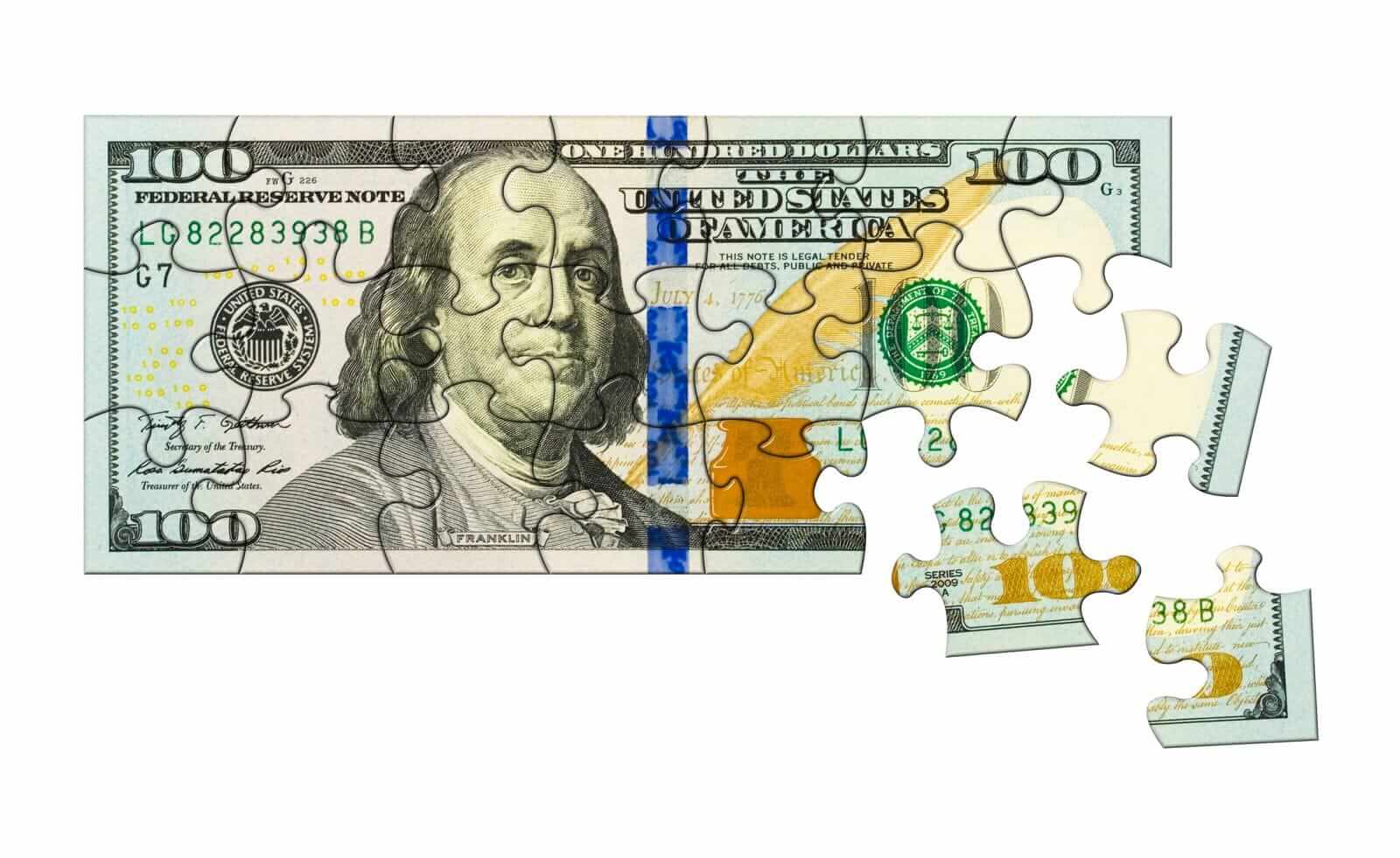
The dollar index (DXY00) Thursday fell by -0.05%. The dollar on Thursday fell to a 6-week low and posted modest losses after US weekly jobless claims unexpectedly rose to a 7-3/4 month high, a dovish factor for Fed policy. The dollar also weakened after US Q1 nonfarm productivity was revised lower and Q1 unit labor costs were revised higher. In addition, the dollar was pressured after EUR/USD rallied on hawkish comments from ECB President Lagarde.
However, the dollar recovered nearly all of its losses Thursday on signs of easing trade tensions between the US and China after US President Trump spoke with Chinese President Xi Jinping by telephone and agreed to further trade talks. The dollar also garnered some support after the US Apr trade deficit narrowed to a 20-month low. In addition, hawkish Fed comments lifted the dollar on Thursday when Fed Governor Kugler and Philadelphia Fed President Harker said they favored keeping interest rates steady.
US weekly initial unemployment claims unexpectedly rose +8,000 to a 7-3/4 month high of 247,000, showing a weaker labor market than expectations of a decline to 235,000.
The US Apr trade deficit shrank to a 20-month low of -$61.6 billion, narrower than expectations of -$66.0 billion.
US Q1 nonfarm productivity was revised lower to -1.5% from -0.8%. Q1 unit labor costs were revised upward to 6.6% from the previously reported 5.7%.
Fed Governor Kugler said, "Disinflation has slowed, and we are already seeing the effects of higher tariffs, which I expect will continue to raise inflation over 2025," so I support holding interest rates steady if these risks linger.
Philadelphia Fed President Harker said he's supportive of recent decisions to "keep the Fed's policy interest rate steady" until we see how the US economy will react to President Trump's policies for immigration, trade, taxes, and regulation.
The markets are discounting the chances at 3% for a -25 bp rate cut after the June 17-18 FOMC meeting.
EUR/USD (^EURUSD) Thursday rose by +0.21% and posted a 6-week high. The euro raced higher Thursday on hawkish comments from ECB President Lagarde, who said the ECB is getting toward the end of its rate cut cycle with Thursday's rate cut. Also, Thursday's unexpected increase in German Apr factory orders was supportive of the euro.
The euro moved higher despite Thursday's action by the ECB to cut interest rates by -25 bp. Also, Thursday's weaker-than-expected Eurozone Apr PPI is dovish for ECB policy. In addition, comments today from ECB President Lagarde were bearish for the euro when she said risks to growth "tilted to the downside."
Eurozone Apr PPI fell -2.2% m/m and rose +0.7% y/y, weaker than expectations of -2.1% m/m and +1.1% y/y.
German Apr factory orders unexpectedly rose +0.6% m/m, stronger than expectations of -1.5% m/m.
The ECB, as expected, cut the deposit facility rate by -25 bp to 2.00% from 2.25% and said, "Inflation is currently at around the Governing Council's 2% medium-term target."
ECB President Lagarde said risks to growth "tilted to the downside" as recent survey data points to weaker near-term prospects for the Eurozone economy. However, a stronger labor market and rising incomes will help the economy, and she wouldn't exclude further upward revisions to growth. She added that the ECB is getting toward the end of its rate cut cycle with today's rate cut.
Swaps are discounting the chances at 42% for a -25 bp rate cut by the ECB at the July 24 policy meeting.
USD/JPY (^USDJPY) Thursday rose by +0.55%. The yen retreated Thursday on economic news that showed Japan's Apr cash earnings rose less than expected, a sign of slack wage pressures that are dovish for BOJ policy. The yen was also weighed down by negative carryover from Wednesday when Reuters reported that the BOJ is considering slowing the pace of tapering in its bond purchases as of the next fiscal year, a bearish factor for the yen. Losses in the yen accelerated Thursday after T-note yields recovered from early losses and moved higher.
Japan Apr labor cash earnings rose +2.3% y/y, unchanged from March and weaker than expectations of +2.6% y/y.
August gold (GCQ25) Thursday closed down -24.10 (-0.71%), and July silver (SIN25) closed up +1.157 (+3.34%). Precious metals on Thursday settled mixed, with silver soaring to a 13-year high. Thursday's slump in the dollar index to a 6-week low is bullish for metals. Also, Thursday's action by the ECB to cut interest rates by 25 bp is supportive of precious metals demand as a store of value. In addition, Thursday's US economic news, which showed that weekly jobless claims unexpectedly rose to a 7-3/4 month high, is dovish for Fed policy and positive for precious metals. Finally, precious metals prices have continued safe-haven support from global trade tensions and geopolitical tensions in Ukraine and the Middle East.
Gold fell from a four-week high on Thursday and turned lower, while silver prices soared on hopes of an easing of US-China trade tensions after the Xinhua news agency reported that US President Trump and Chinese President Xi Jinping spoke by telephone. Gold prices also came under pressure due to hawkish central bank comments. ECB President Lagarde said the ECB is getting toward the end of its rate cut cycle with Thursday's rate cut, while Fed Governor Kugler and Philadelphia Fed President Harker said they favored keeping interest rates steady.
On the date of publication, Rich Asplund did not have (either directly or indirectly) positions in any of the securities mentioned in this article. All information and data in this article is solely for informational purposes. For more information please view the Barchart Disclosure Policy here.






